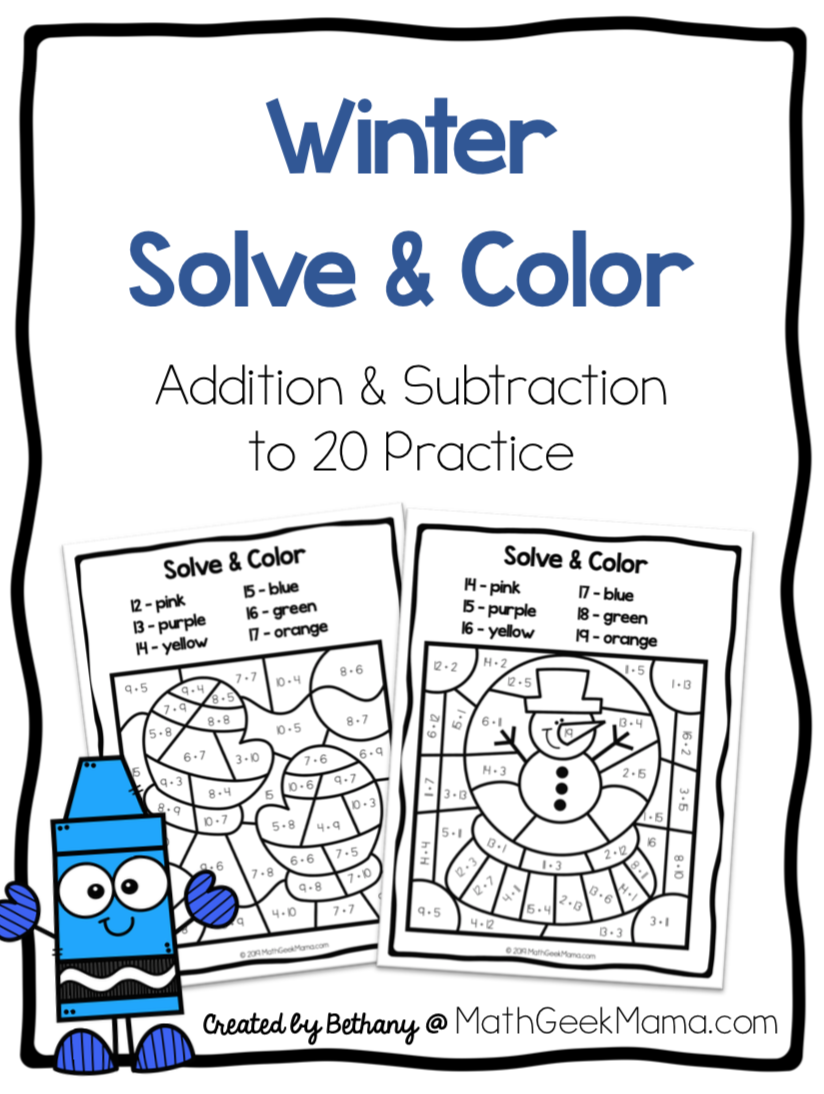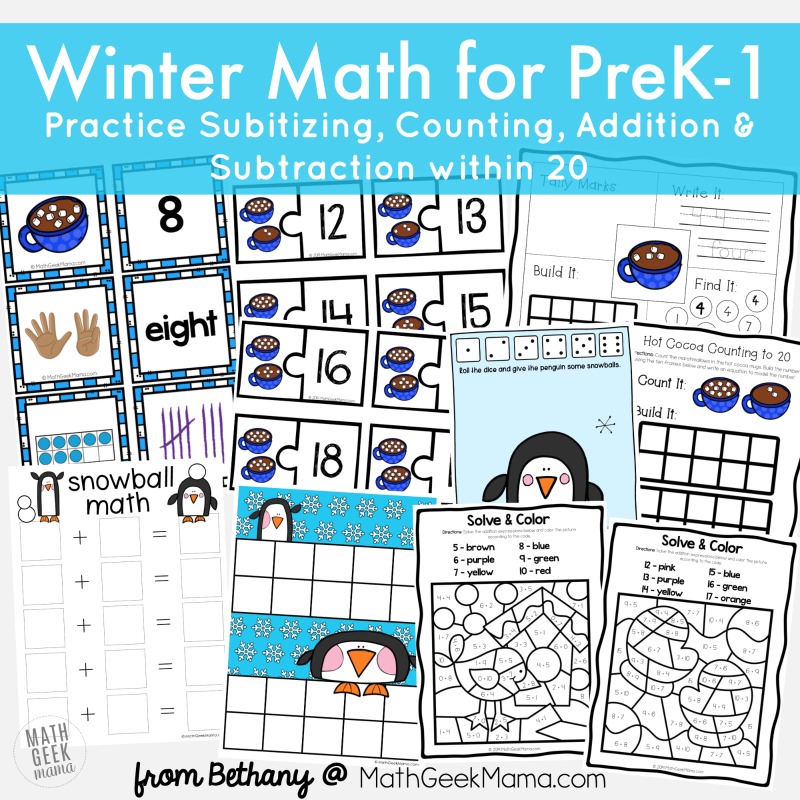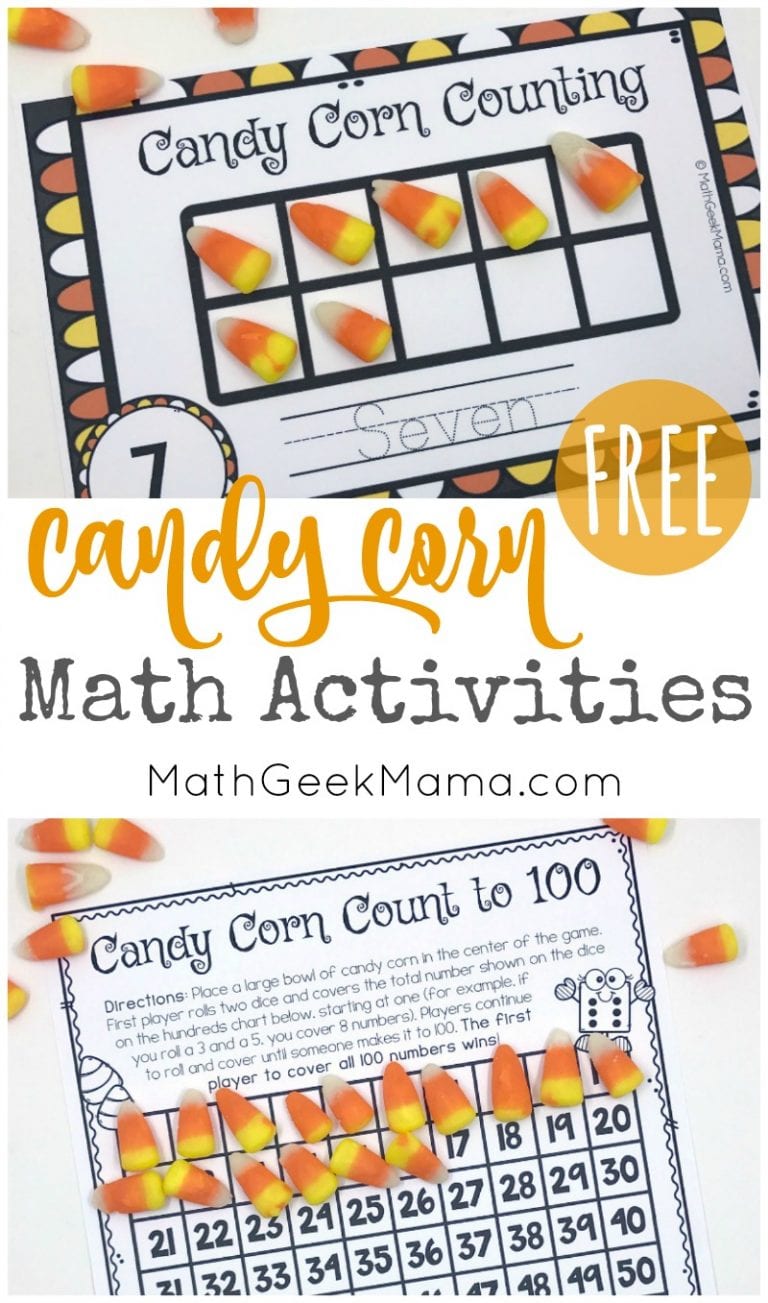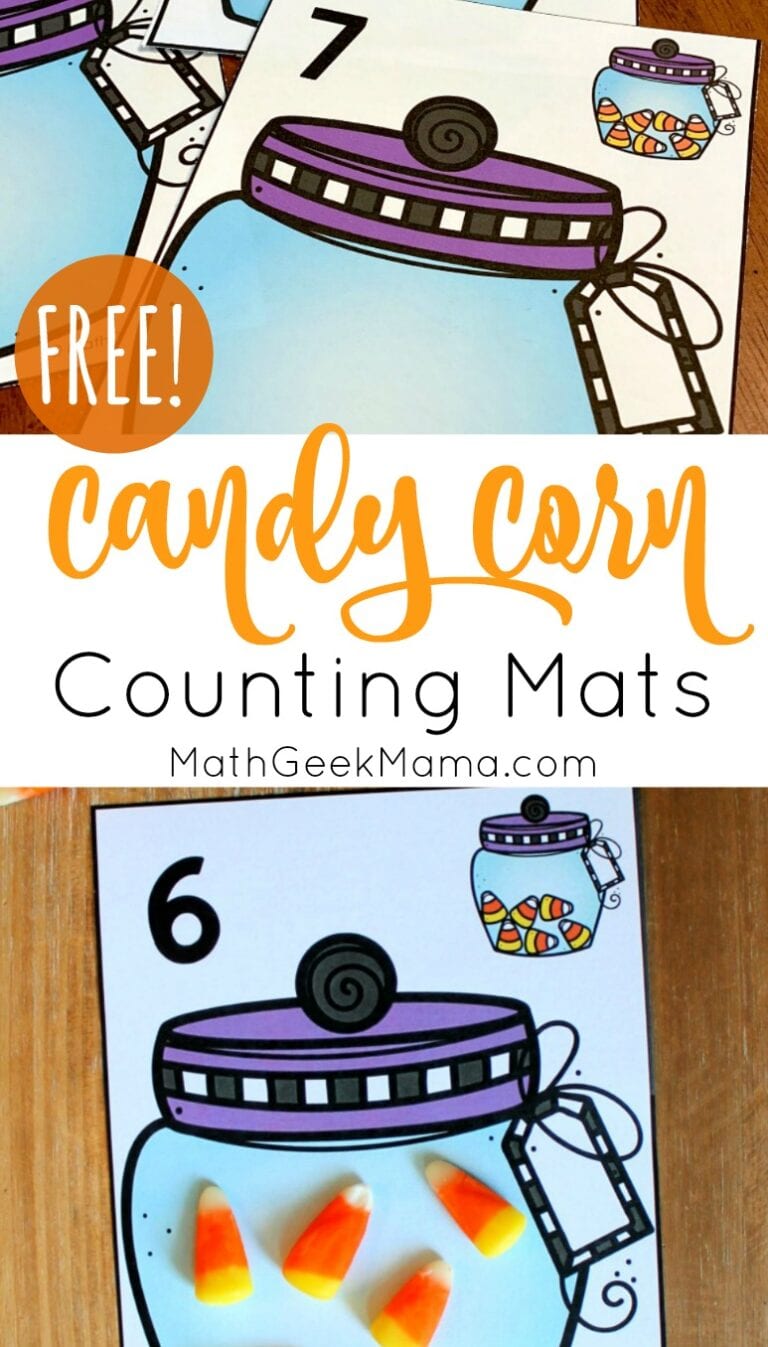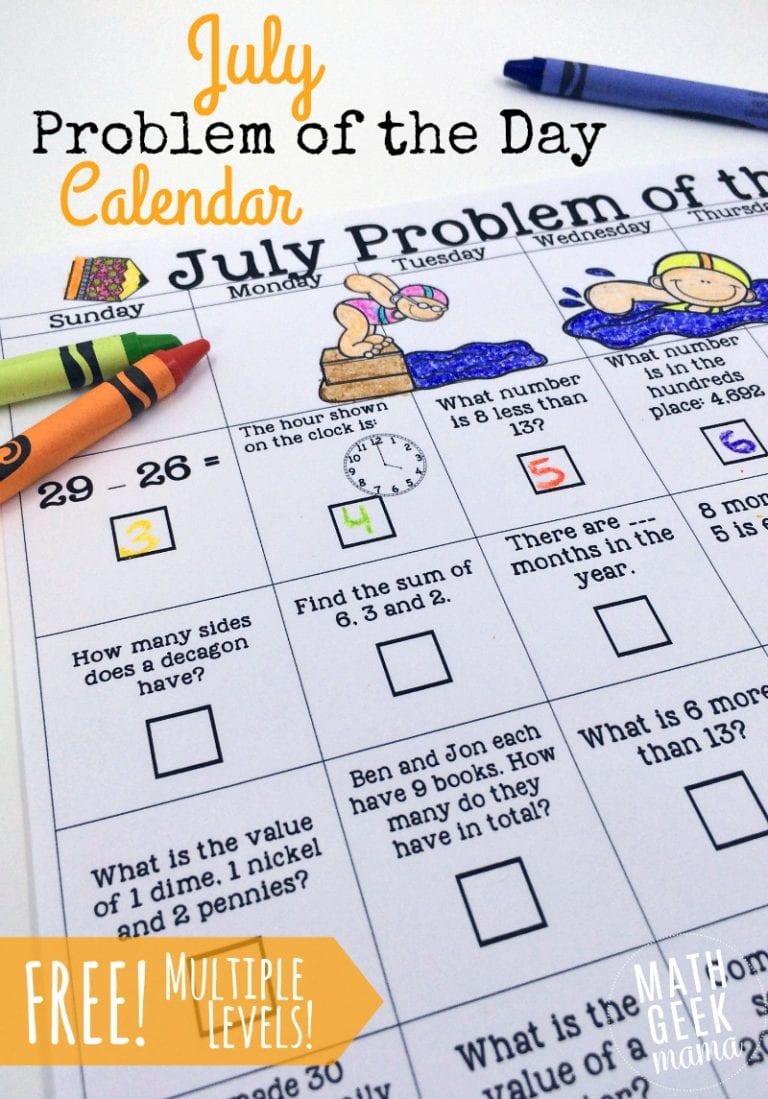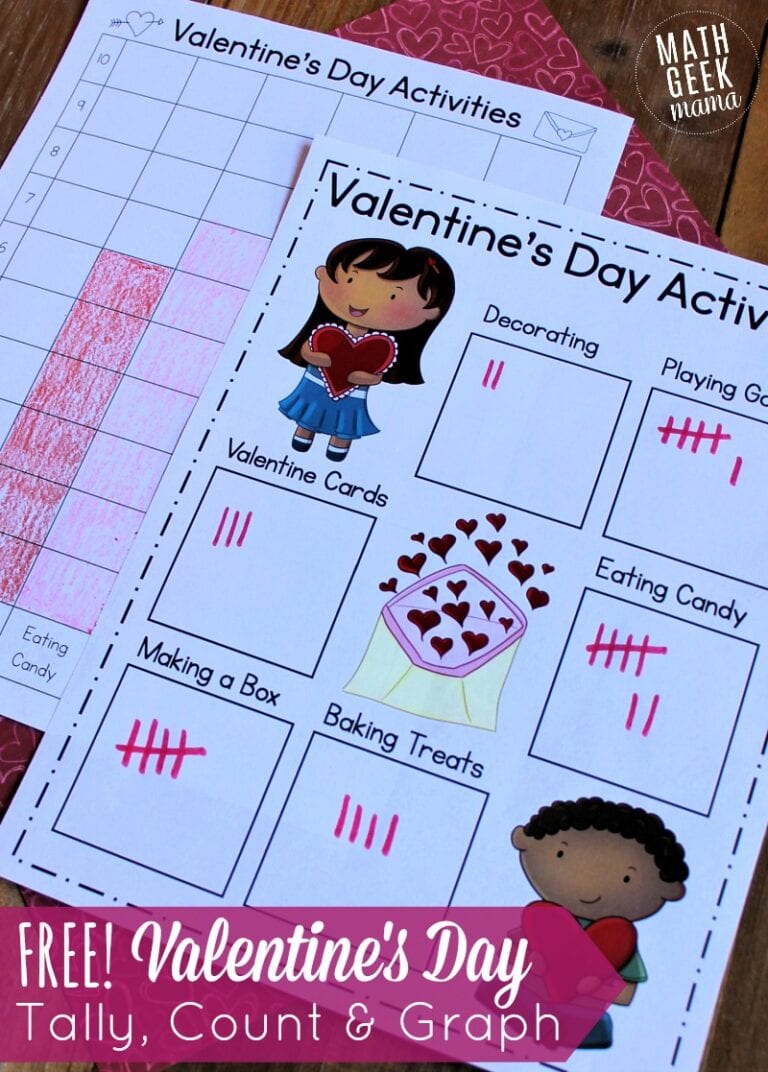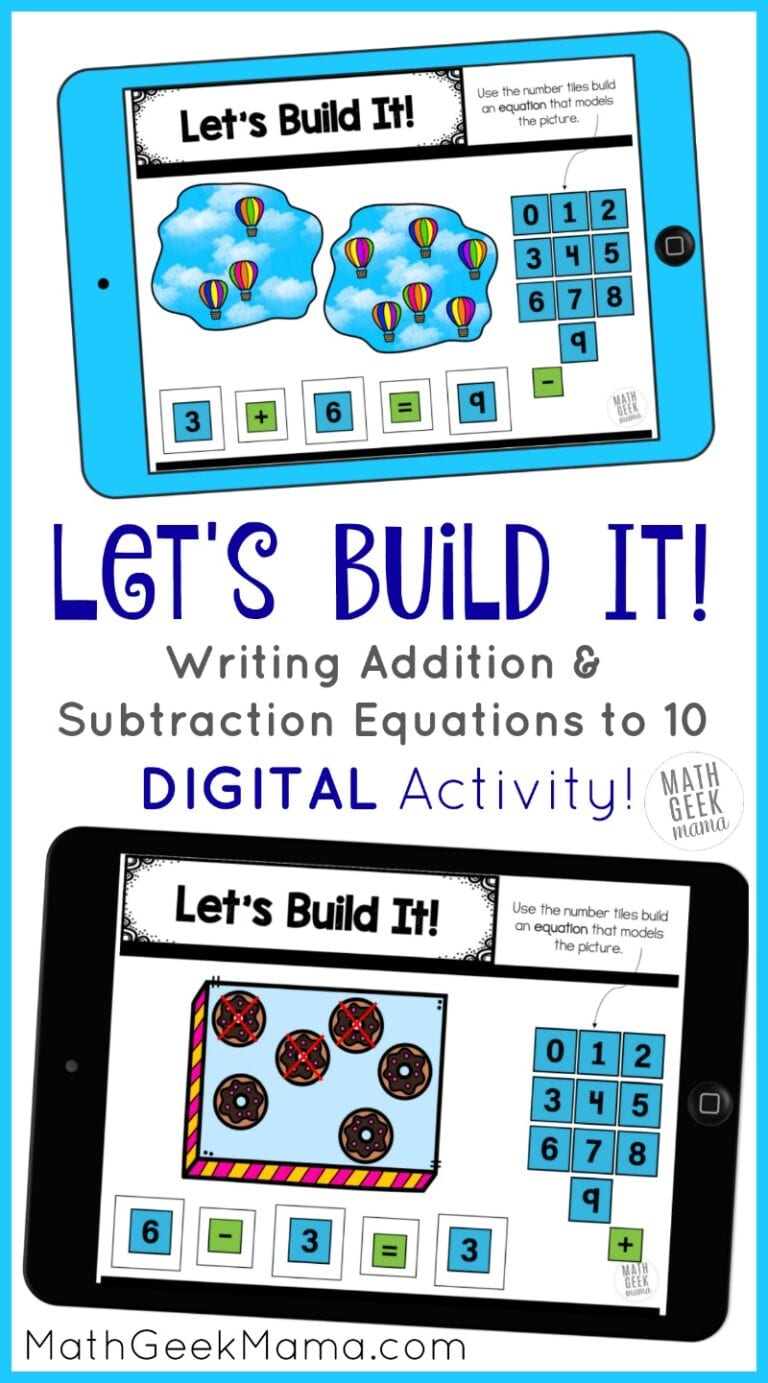{FREE} Winter Solve & Color: Addition to 20 Practice
Need extra practice with addition? This FREE set of winter addition to 20 “solve and color” pages is a fun way to work on specific addition strategies and build fact fluency.
My sweet little first grader has spent the bulk of her year learning addition and subtraction strategies and facts. We started with addition and subtraction within 10 and then moved on to larger numbers within 20. And although we learned and played with lots of different visuals, hands on models and strategies, ultimately, I want her choosing a strategy and solving a problem on her own. In her own way. This might mean using a doubles fact, “making ten” to solve, counting on, etc. But to actually become efficient and make sense of when to use these strategies requires practice. That is why I created this set of winter addition to 20 practice pages. They are “color by number” for some added fun, but require her to solve addition problems before she can color them.
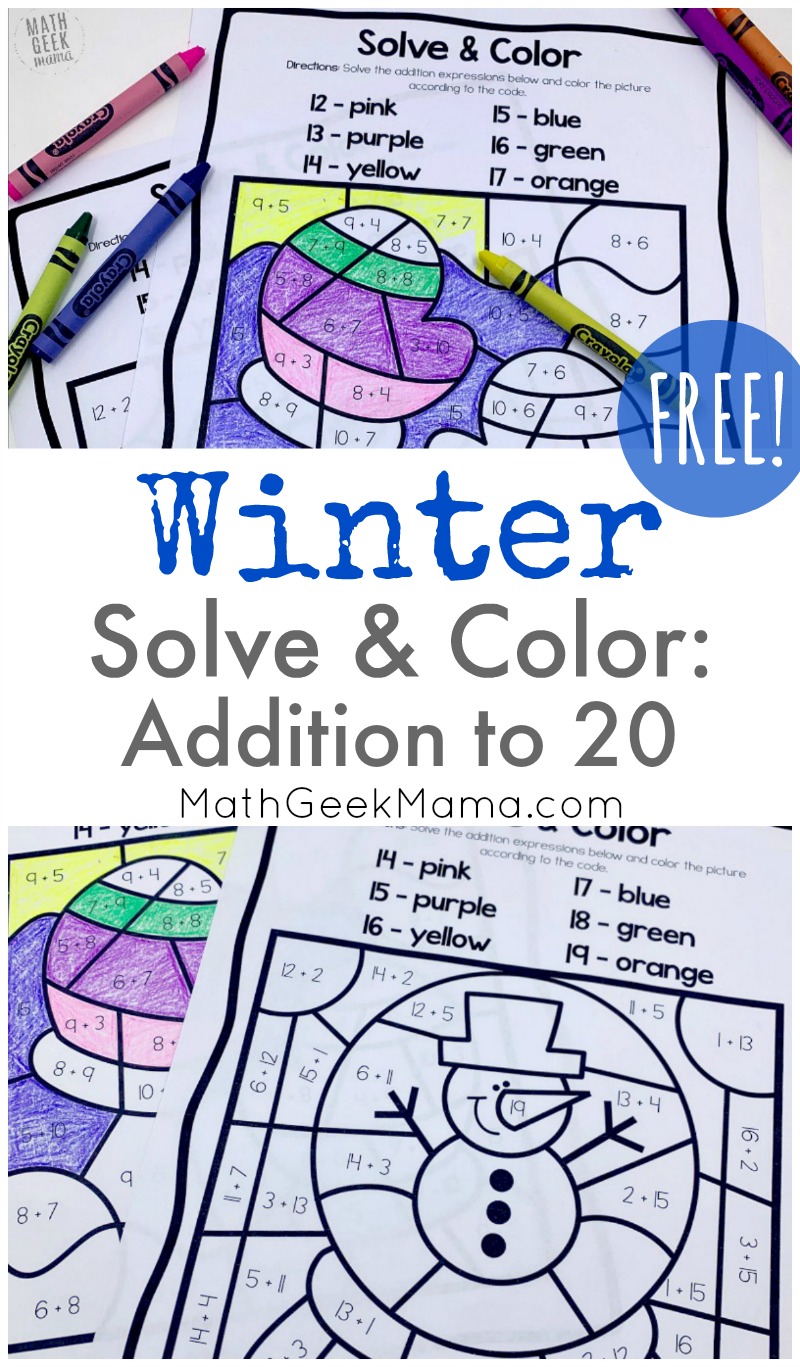
*Please Note: This post contains affiliate links which support the work of this site. Read our full disclosure here.*
Addition to 20 Strategies:
I designed these two practice pages to focus on specific addition strategies. In other words, I chose problems that readily lend themselves to what I call “make a ten” or “find a ten.”
(Side note: You probably won’t see the name “find a ten” anywhere else, that’s just what I call it to help my daughter think through place value and solving a problem using a knowledge of place value).
Make a Ten Addition Strategy:
One very useful addition strategy is to re-write the problem by “making a ten” out of one of the numbers to simplify the problem.
For example, the problem 9 + 7 can be a little tedious to “count on” or draw a picture or jump on a number line (although obviously, any of those methods and tools could be used here).
But if we instead re-write the problem as 10 + 6 (taking one from the 7 and moving to the 9 to make 10), we now know instantly that the answer is 16.
If kids have a solid place value foundation and understand the teen numbers as “10 plus a number,” then making ten greatly simplifies the problem.
I would also begin by modeling this with blocks (or other small objects) so that kids can really visualize and form a concrete understanding that 9 + 7 is indeed the same as 10 + 6.
I would begin by making two piles of 9 and 7, respectively. Then ask your child to find the total (or not). Then move one block from the 7 pile over to the 9 pile and ask if the total number of blocks has changed.
Once kids feel confident that no matter how they “rearrange” the blocks, the total doesn’t change, they can begin to use this strategy without a hands on manipulative.
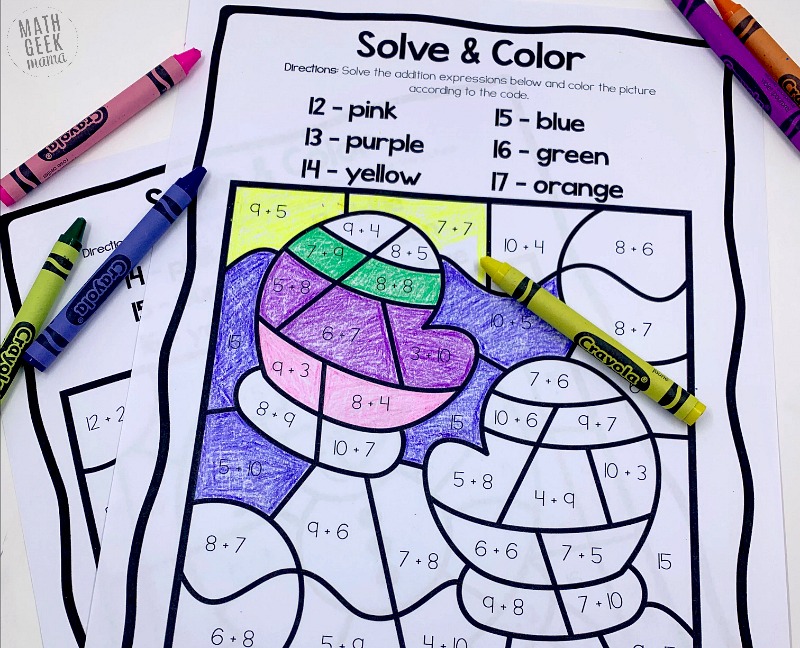
In the set of solve and color addition pages, the first page includes addition problems that lend themselves to this strategy. This is to help kids get used to seeing when this is an efficient method and give them practice with making ten.
Find a Ten (Place Value) Addition Strategy:
What about the problem 14 + 5? Because one of the values is larger than 10, the typical “make ten” strategy doesn’t work.
I call this “find a ten” because I want my kids to see that 14 is the same as 10 + 4. By expanding it to 10 + 4, they can then either re-write the problem as 10 + 9 (moving the 4 over to the “5 pile”) or they can add the ones first (4 + 5) and then add 10.
The point here is for kids to recognize that they don’t have to over complicate things, even though 14 is a big number.
They only need to worry about adding the “ones” place, and then remember that they also have the ten to include.
The second page of the download includes problems that lend themselves to this strategy.
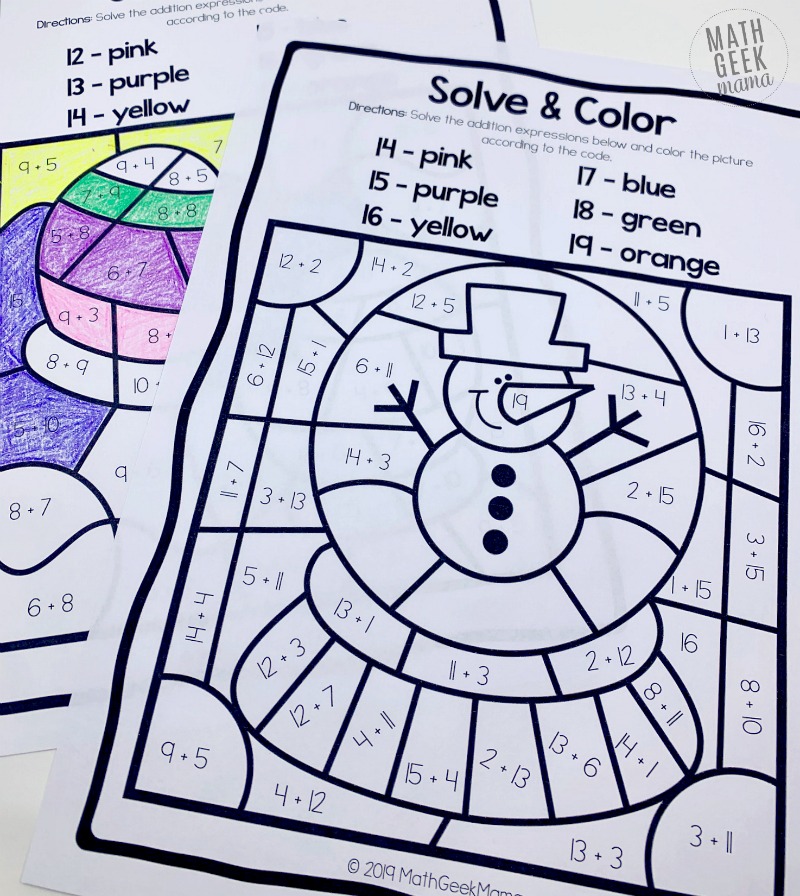
But on either page, there will always be multiple strategies kids could use, including “counting on.” The point is for them to use what they’re comfortable with, while building fact fluency and hopefully moving towards the more efficient strategies.
Solve & Color: Winter Addition to 20 Practice Pages
As I’ve mentioned, there are two color by number pages in this download, as well as answer keys.
Depending on the age and ability of your kids, you may not want to assign an entire page at once, because that includes quite a lot of problems for young mathematicians.
To help with that, you will see that some spaces do not include a problem, but only a number, such as 15. In this case, they simply follow the color code and color that space. No math necessary.
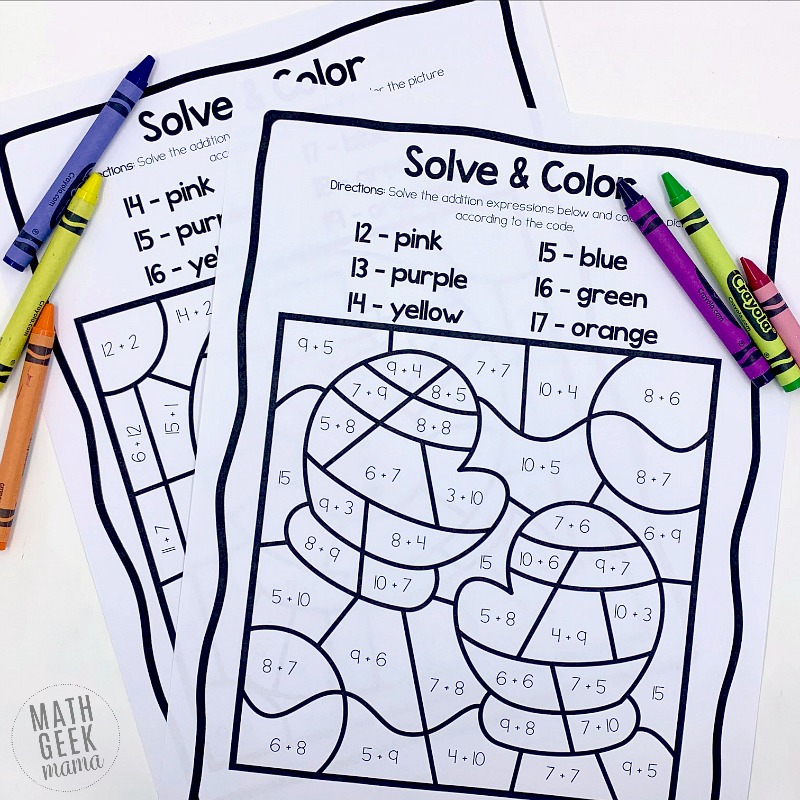
My daughter (first grade) had a hard time sitting still long enough to do all the problems and color all the spaces in one sitting, so we split it up over 2 days.
If you’re working with older kids who simply need review, they may be able to work faster and complete a whole page.
Or if you’re a classroom teacher, you might want to assign it as homework on Monday, due on Friday and encourage parents to have their kids solve and color just a couple each day.
However, you choose to use this set of addition practice pages, I hope it provides some fun and meaningful practice, and saves you time in your planning!
Want more winter math fun?
Check out my complete set of Winter Math Activities for Grades PreK-1!
This pdf file includes 75 pages of hands on practice and useful visual models to help kids learn and practice essential math skills: subitizing, counting and recognizing numbers to 20, place value and addition and subtraction within 20.
Buy Winter Math for PreK-1 Here!
This complete winter math collection includes these solve and color pages, and SO much more!
Or if you’re only interested in this free sample, use the link below to get the free pages in my shop. 🙂
